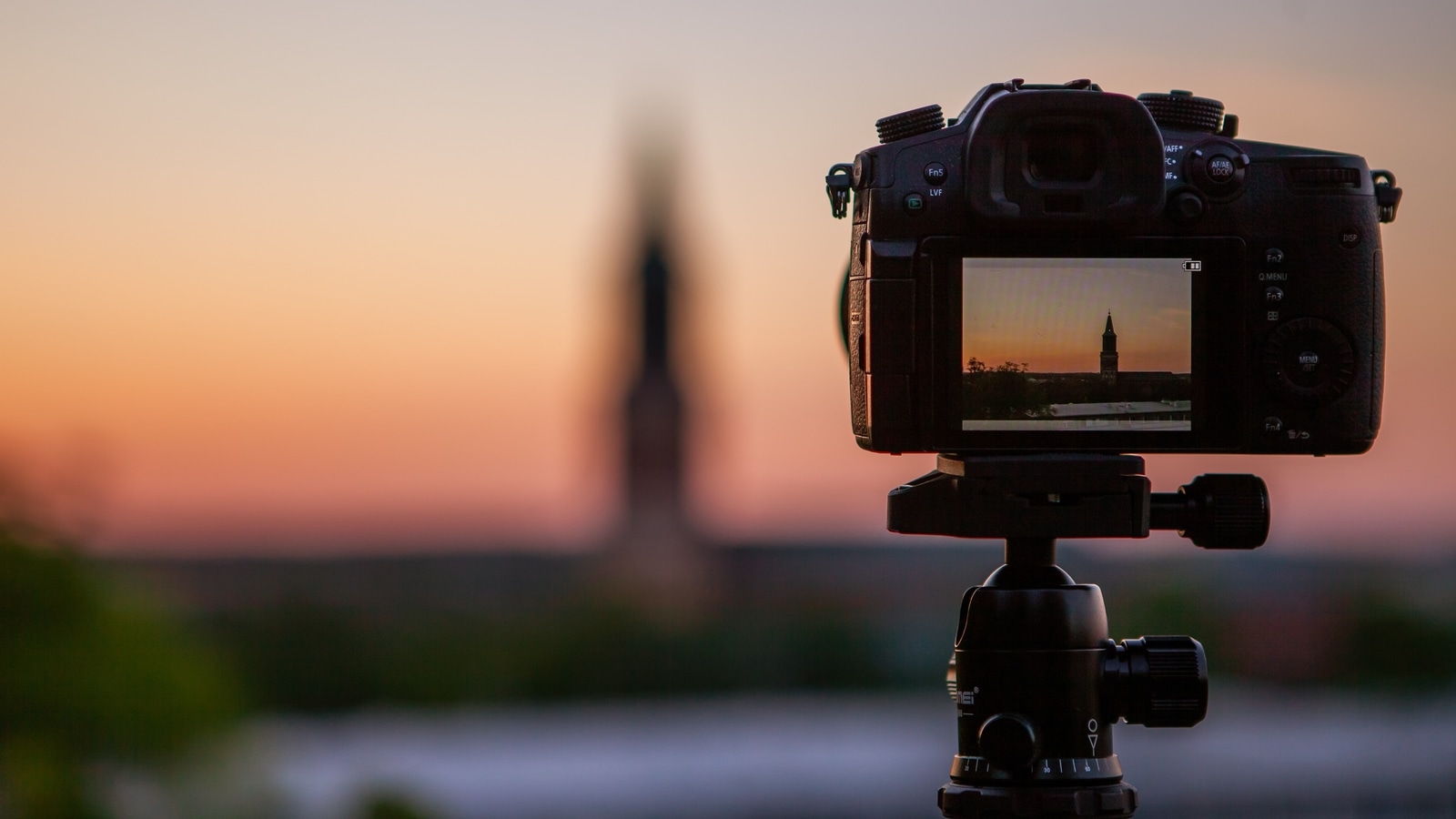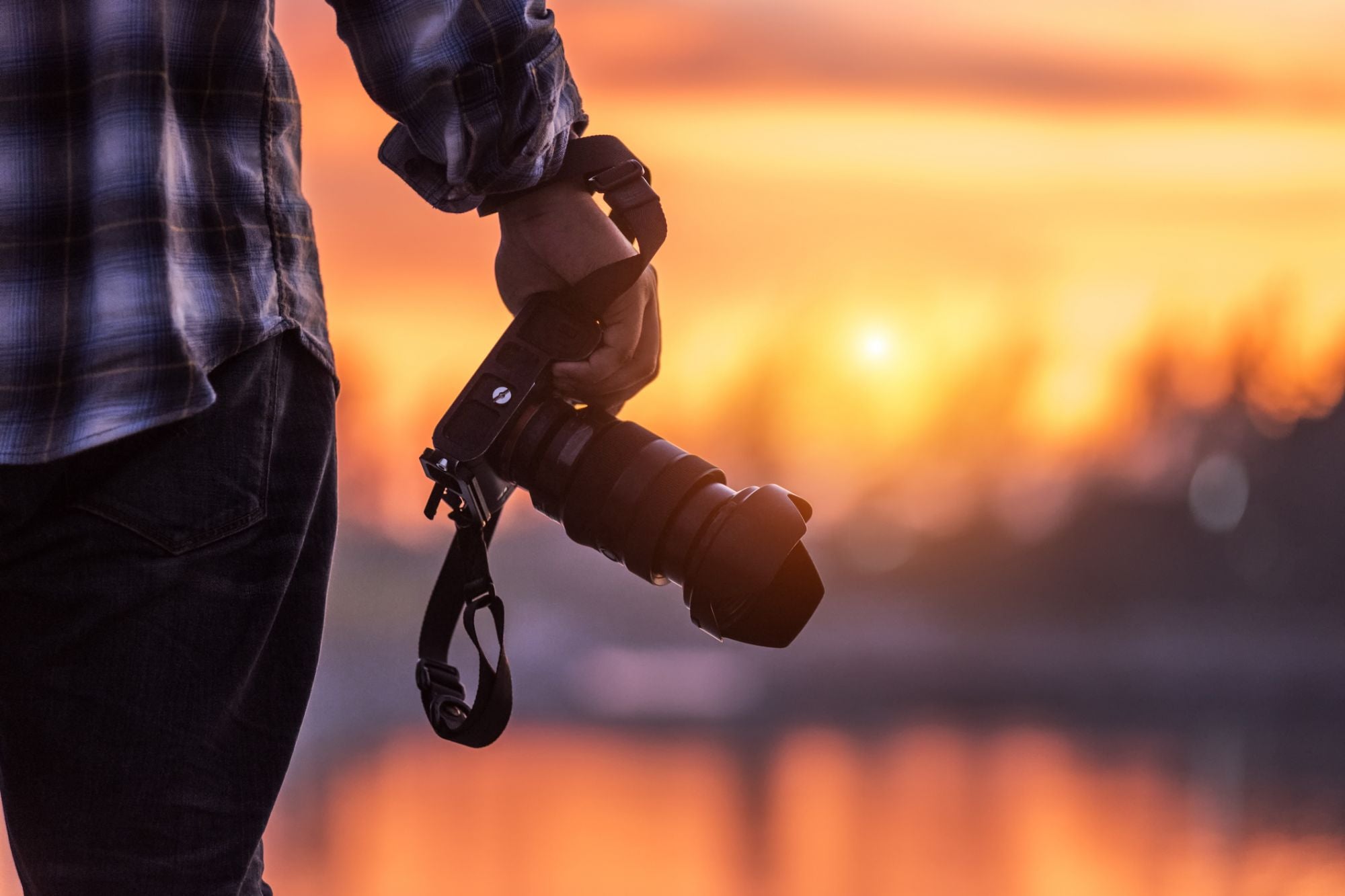One of the most important portrait photography tips is to understand the exposure triangle. By understanding how to manipulate exposure, you can make the portraits look more or less moody. Depending on your subject, you might want to overexpose the photo to create a luminous effect, or underexpose the photograph to convey a moody atmosphere. Another essential portrait photography tip is to experiment with different angles. A portrait taken from a low perspective can make the subject appear powerful, while a portrait taken from a high angle gives the subject a more intimate, vulnerable appearance.
Rembrandt lighting
The most basic principle of Rembrandt lighting is to place a light directly beneath your subject's eyes, a distance not wider than their eye. The fill light is half the strength of your key light and placed at a 45 degree angle to your subject's faces. The fill light will bring out their faces and balance out shadows. This effect can also be achieved with a window lamp.
To achieve a similar effect, place the light on a tripod with a light stand. Then, adjust the light until it is centered above the subject's head. In the Rembrandt lighting technique, the main light should be located at about mid-height on the subject's head. The light will shine on the subject's far cheek if it is too high. The light source should be placed as close as possible to the subject, but not too close.
Wide-angle lens
Wide-angle lenses can be used for portrait photography. This opens up many creative possibilities. Wide-angle portraits can feature competing backgrounds, exaggerated lines, or dramatic architectural settings. The focal length of a wide-angle lens allows for this flexibility. Here are some tips to use one when taking portraits. Let's start! If your portrait subject is in central part of the frame, don't use a lens that has a long focal length.
A wide-angle lens will improve the depth of field in your shots. A wide-angle lens makes it easier to focus everything. The viewer can also follow a path by adding interesting objects to the background. However, wide-angle lenses can make getting great bokeh difficult. A blurred background helps the subject stand out and give the viewer a sense of place. Depending on the subject's face, you can take pictures of both the foreground and the background.
Shallow depth of field
Shallow depth of field is a popular photography technique that makes it easier to focus on the subject of your image. By reducing the amount of background blur, you can emphasize your subject while de-emphasizing distracting objects. Often, photographers who use shallow depth of field prefer images that contain only a small portion of the scene, such as the background of a city skyline. Here are some tips for beginners who don't know much about shallow depth of field.
One of the best ways to create images with shallow depth of field is to move your subject closer to the object of focus. Using a telephoto lens can help you achieve this effect. For portraits, a lens of 100mm or less is the best choice. Lenses with a higher aperture will produce an image with a blurred background. A wide aperture is the best choice if you're working within a tight budget.
Background blur
Good bokeh is the result of a smooth background. In portrait photography, this means that the out-of-focus areas look round, creamy, and soft, and the transitions between these areas are smooth. You will notice that the double lines and circles are sharper in larger versions of your photos than they were in the original. Background blur is a common photography problem, and there are ways to fix it.
You can add lines to the background to fix this problem. However, you should make sure that your selection is as accurate as possible. For example, if you accidentally blur a portion of the background, you may end up with a messy background. Manual Selection mode is a better option. This allows you to draw precise selection lines around the subject’s hair and body. This will make your background look more realistic and natural.
Use a tripod
When photographing people, a tripod is an essential piece of photography equipment. A tripod provides stable support for your images, and allows you to capture the perfect shot. To create stunning portraits, especially when the light is low and the subject is moving, you will need to know how to set up a tripod. Here are some examples. A tripod can make your portrait photos look great. And remember, a tripod is not just for portrait photography. It can be used for landscape and scenic photography, even without the need to hire people.
A tripod is essential for many reasons. It allows you to step away from the subject while avoiding shaky hands and wrists. A tripod helps stabilize the camera and prevents it from tipping over. This can cause damage to the lens or ruin the image. Using a tripod is the best way to prevent this. However, it does take some time and thought. You'll waste your time and money if you don't use one.
Understanding the Exposure triangle
The Exposure triangle's basic idea is that exposure should be as close to zero as possible. To achieve this, you will have to adjust one side of the triangle while keeping the other two sides in balance. The ultimate goal is to keep the triangle balanced. Below are three tips to help with understanding the Exposure triangle for portrait photography. And remember, there is no one "right" answer. A distorted image will result if you try to achieve a particular exposure.
ISO (ISO). This is how sensitive your camera's sensor to light is. The ISO number is a measure of how sensitive your camera's digital sensor to light. It usually requires less light to properly expose an image. Higher ISO values require more light to achieve the correct exposure. Low ISO numbers, on the other hand require more light to achieve proper exposure. The ISO scale is simple to understand and can be determined in steps of one stop. When increasing ISO, you will double the exposure, and decrease it by one stop.



Comments
Post a Comment